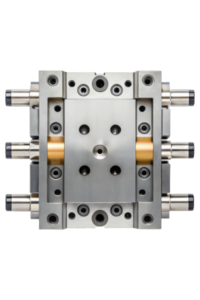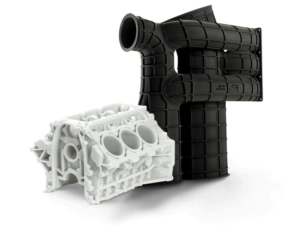Bosses are a common design element in plastic injection molding that provide a low-cost way to align and strengthen parts and create points that connect different parts of a product. However, designing a boss requires careful consideration to ensure it meets the functional and cosmetic requirements of the plastic part.
To help avoid common pitfalls and consider key factors when designing bosses, it’s important to first understand what a boss is. Typically, a boss is a protruding feature on a part used as a mounting fixture, location point, reinforcement feature, or point of assembly. It’s often designed as a cylindrical projection with a hole to receive a screw, insert, or threaded fastener.
Well-designed bosses are strong, easily and rapidly assembled, resistant to part failure, low-cost, and able to withstand tension, compression, torsion, and flexing if required as part of their end function. When adding a boss to a molded part, it’s crucial to consider its function and any type of force that may occur during assembly and service that could impact the part cosmetically or otherwise.
One of the biggest challenges in injection molding is managing plastic shrinkage, which can cause sink marks or warping if not carefully managed. To minimize these issues, Quickparts experts emphasize the following considerations for plastic boss design:
- Wall thickness and height: The wall thickness and height of a boss should be critical to help minimize sink and warpage.
- Placement: The placement of bosses is crucial to avoid thick sections that will cause sink.
- Ejection: The walls of a boss must be drafted to facilitate ejection.
To balance cost while ensuring the best moldability and part quality with bosses, it’s important to consider the above factors and follow expert tips. If you need further guidance on your boss design, work with a Quickparts expert to ensure your parts are optimized for cost, performance, and productivity.


